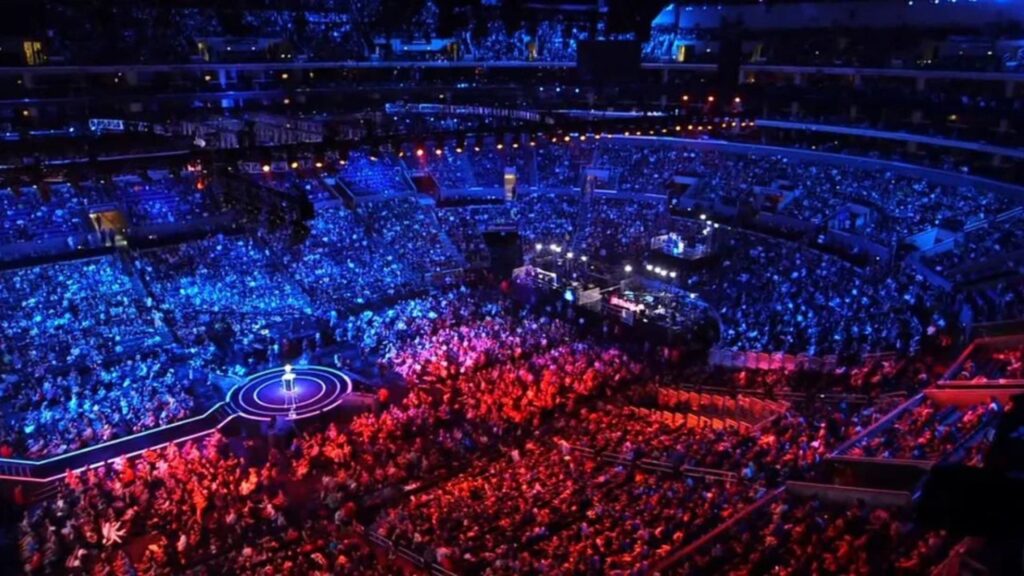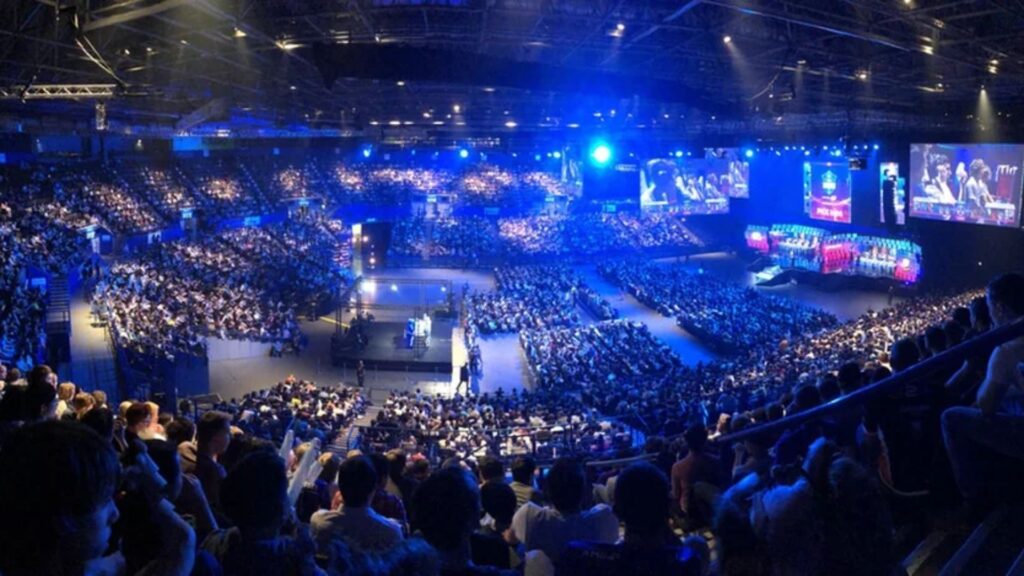The year 2023 delivered a severe blow to the world of esports, thanks to a plethora of layoffs and team closures, leading some to dub it the “esports winter.” Even stalwart organizations like FaZe Clan suffered significant losses, necessitating substantial layoffs. While some perceive the preceding year as a necessary “rebalancing,” it’s evident that the industry now stands in dire need of revitalization.
Amidst all this adversity, there lies an opportunity for revival in 2024. However, in transitioning from the fervor of a pandemic-induced boom, the esports industry faces a pivotal moment of reckoning. As we venture into 2024, esports teams must reassess their revenue generation and expenditure strategies to harness the untapped growth potential within the market.
The Esports Industry’s Market Correction: A New Beginning
The market correction witnessed in the esports industry signals a paradigm shift, necessitating teams to take a more conservative approach. The bygone era of exponential growth and expanding fan bases has given way to a more pragmatic outlook. Esports organizations are now exploring avenues to cultivate solid followings and more sustainable revenue streams for the long haul.
With the slowdown in growth, prudent financial management has become paramount. Capital allocation must prioritize sustainability and innovation over rapid expansion, as Sean Zhang, CEO of Talon Esports, emphasized. This statement entails a meticulous evaluation of expenditure to ensure every dollar contributes meaningfully to the brand’s trajectory.
Redefining Revenue Generation: Embracing Community Engagement
As the demand for esports stabilizes, teams must pivot towards generating consistent, long-term revenue. While investor and advertiser funds fueled past endeavors, the focus has shifted toward community-driven income streams. Esports distinguishes itself from traditional sports viewing by offering immersive engagement opportunities ripe for monetization.
Innovative platforms like Dota2‘s spectator mode and digital collectibles present lucrative avenues for revenue diversification. By offering exclusive content and personalized experiences, teams can deepen fan engagement while bolstering their financial resilience. The transition towards community-centric revenue models heralds a new era of sustainability in esports.
Expanding Into New Demographics: The Key to Growth
Amidst the broader industry slowdown, pockets of growth emerge, signaling an opportunity for expansion. Esports is a nascent field compared to traditional sports, but it holds immense potential for future growth and diversification. With its burgeoning interest in gaming, the Middle East presents a fertile ground for market expansion.
Investments in the region, exemplified by Saudi Arabia’s $38 billion allocation to esports and gaming, underscore its emergence as a pivotal player in the esports landscape. Similarly, initiatives aimed at inclusivity, such as women-centric tournaments and anti-toxicity measures, pave the way for broader demographic participation.
Moreover, educational institutions are increasingly embracing esports, integrating it into their extracurricular programs. This institutional support fosters a new generation of gamers, fueling the industry’s growth trajectory. As esports transcends traditional boundaries, new demographics and untapped markets promise to propel the industry to new heights.
The Road Ahead: Embracing Change and Innovation
As esports emerges from the shadows of 2023, the coming year holds promise for rejuvenation and growth. Organizations poised to adapt to evolving market dynamics and embrace innovative revenue models will carve a path to success—the esports renaissance in 2024 beckons those ready to embrace change and redefine the future of competitive gaming.




